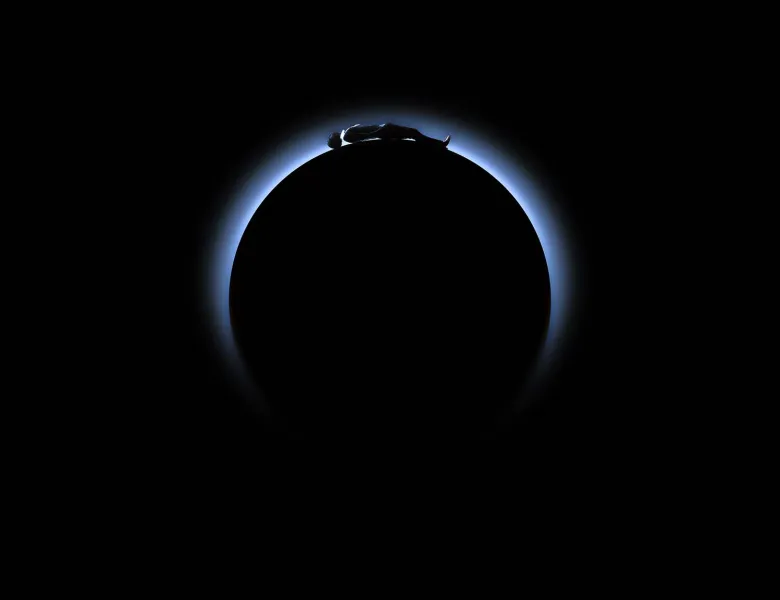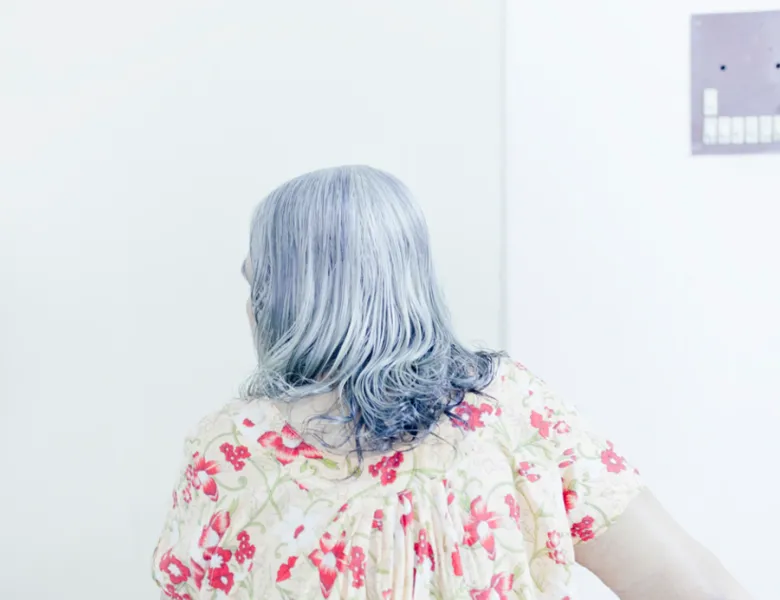The 300-year-old story of the humble strawberry
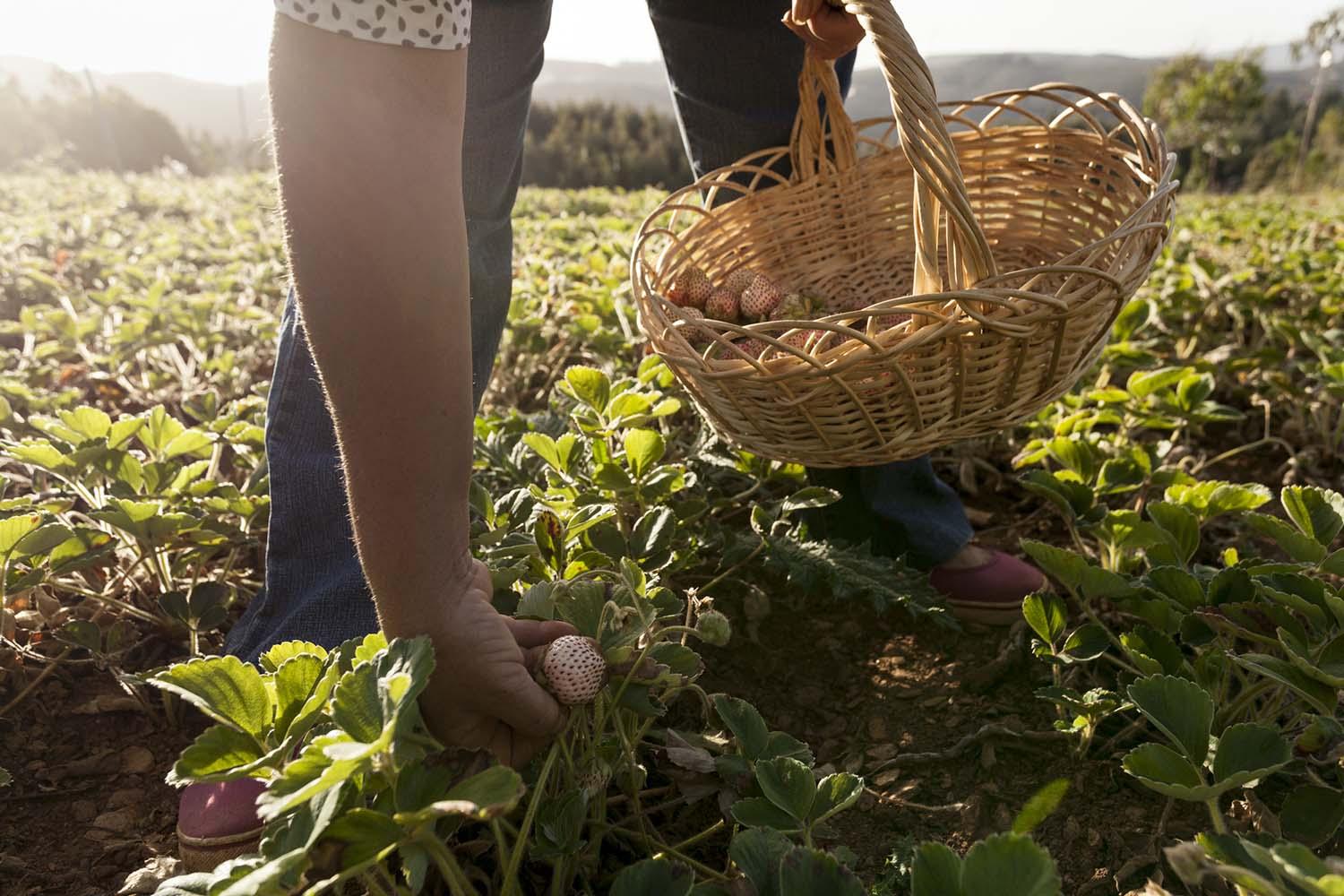
This blog is part of a series of exclusive interviews with the winners of United Photo Industries’ (UPI) pioneering Brooklyn-based public photography installation THE FENCE.
---
Esha Chiocchio's photography has taken her around the world for a range of clients, including National Geographic Magazine, Newsweek and Bonefish Grill. In 2004, she was named one of the PDN 30 Emerging Photographers and was a Grand Prize winner of the 2016 PDN Taste competition. Esha has BAs in Anthropology and French, an MA in Sustainable Communities and was a Peace Corps Volunteer in Mali, West Africa.
Hi Esha. Tell us a little about you and your photography. Talk to us about your successful The Fence series 'The Story of the Strawberry' - Where and why did this project come about?
My friend and colleague Chloé Batissou had been researching and writing about this story for over a decade before we set out on our journey together. In fact, I met her on Chiloé, Chile in 2001 when I was there photographing the island and she was there researching the white strawberry. We became fast friends and worked on several projects together over the years. In December 2011, she emailed to ask if I could meet her in Chile in two weeks to document the harvest of the white strawberry – an annual event lasting only about 21 days. Her goal was to realize her long-time dream of writing and publishing a book in time for the 300th anniversary of Frézier’s journey to Chile (Le Roman de la Fraise: 300 Ans d’Aventure was published in France in 2012). She secured funding for our project expenses from Savéol, a strawberry producer/distributor in France, and we set out for a two-week stay in Chile over the Christmas/New Year’s holidays. I was in graduate school at the time, so it just barely fit in my schedule.
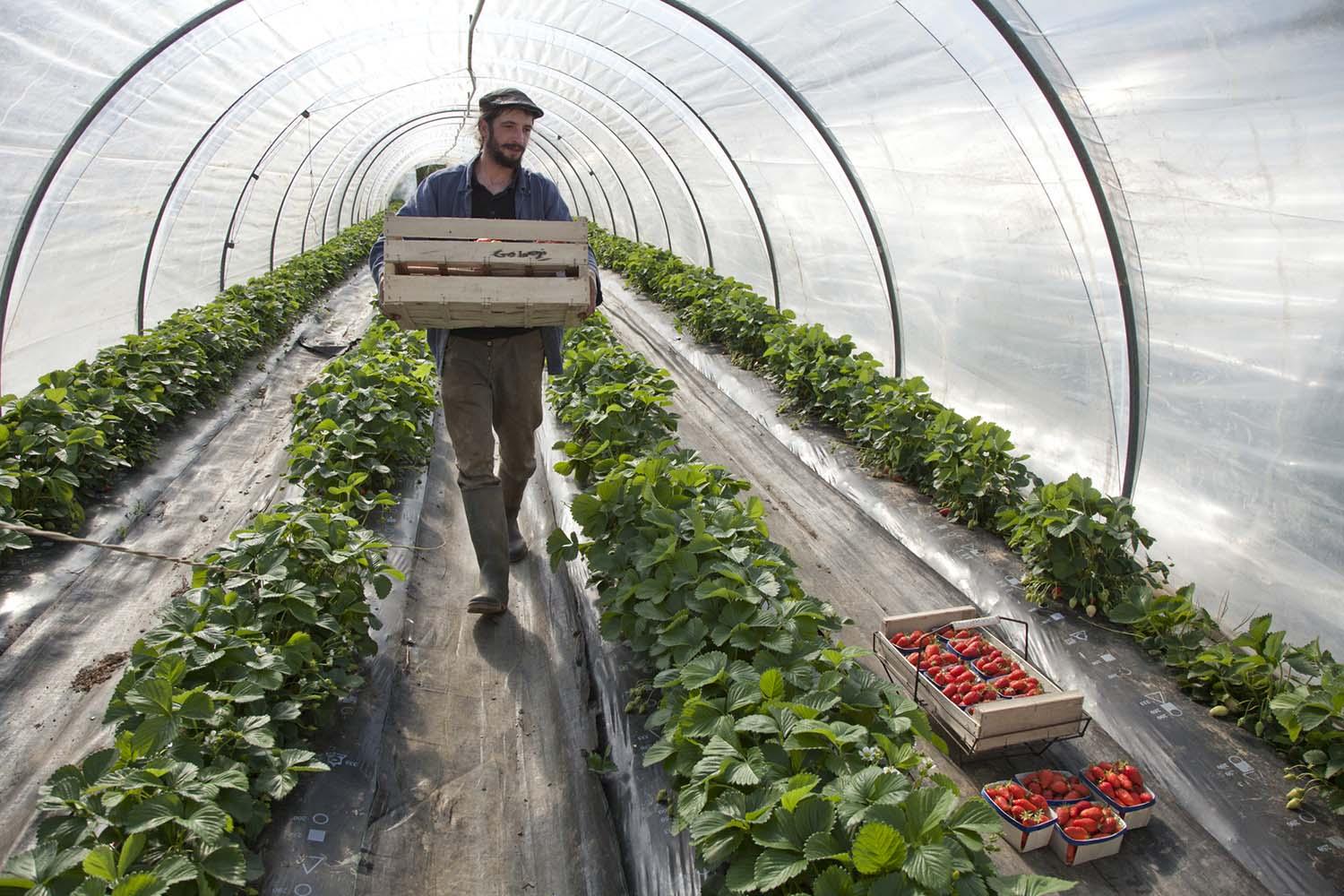
What was your most memorable part of covering this story? You must have met some interesting, and perhaps... eccentric farmers?
One of the strawberry producers we photographed and interviewed mentioned that she shipped strawberries overnight to Borago, a restaurant in Santiago, and gave me the contact info for the chef, Diego Prado. On my flight home, I had an 8-hour layover in Santiago so I made arrangements to visit him to experience how he used white strawberries in his creations. He very graciously prepared raw oysters with white strawberries and an herb chlorophyll sauce decorated with dots of oyster emulsion, white strawberry emulsion, and fennel. Honestly, I expected it to be horrible, but to this day, it was one of the best and most memorable dishes I have ever experienced.
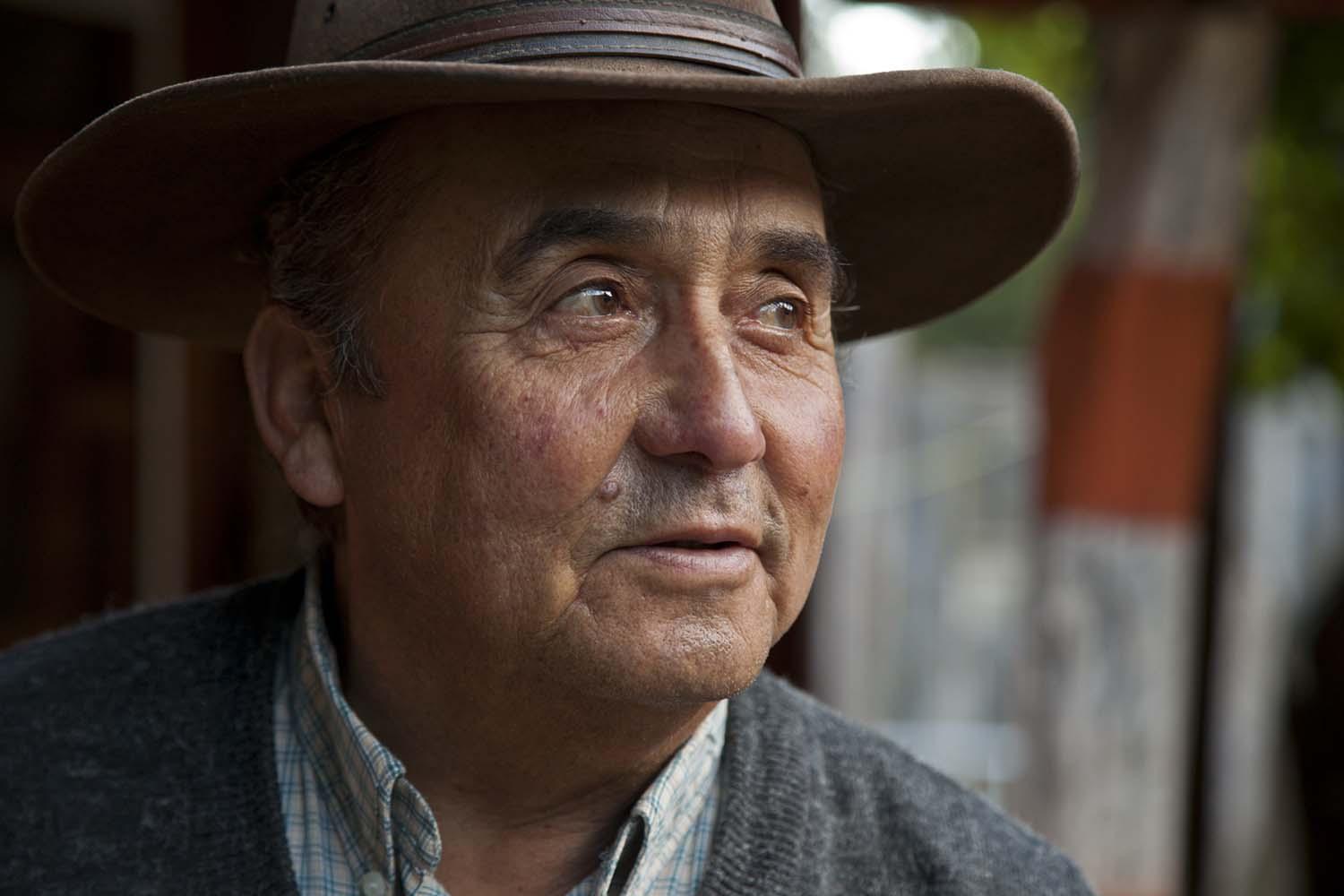
Tell us about the process of working with a writer for this project, and on other projects. Not all photographers get to experience this in their careers
As I mentioned above, Chloé and I have worked on several projects together (in France and Guatemala/Honduras) and we have a very good working relationship. I love being able to discuss ideas with her and working as a team to cover the story. She is French but can read in English so the system that we have found works the best is to speak in French. When we email, she writes in French and I respond in English. I can write in French, but it takes more time, so this is the system that seems to work best for us. Fortunately, we both speak Spanish, so when we are working in Central/South America, we are both able to communicate with the locals. This works most of the time, however, when I arrived in Concepción – fresh off the plane and still trying to get into my language groove – Chloé and I started speaking in French. When the driver arrived to pick us up, I tried to speak in Spanish, but Bambara came out instead! We were all a little confused and humored by it! I served as a Peace Corps Volunteer in Mali (West Africa) where the two main languages I spoke for over two years were French and Bambara. I think that my brain was somehow wired for a French-Bambara connection but wasn’t used to the French-Spanish connection. It took a few minutes, but I managed to stay in French and Spanish for the remainder our time in Chile. It was funny to almost feel the synopses rewiring!.
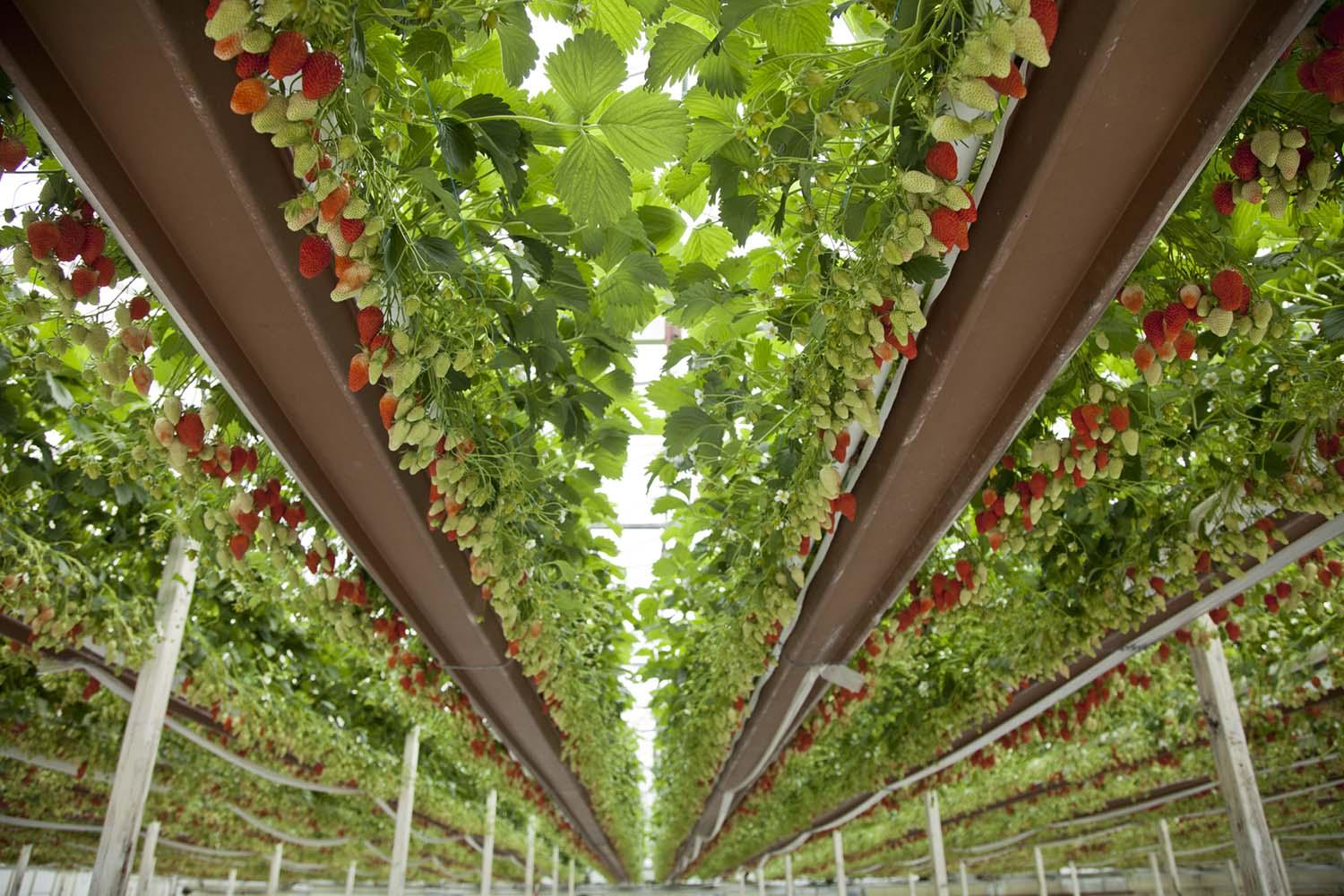
Why photography? What does the medium mean to you?
I love photography. I love the doors it opens to new worlds and connections it facilitates with people of diverse backgrounds. In college, I majored in Anthropology and French. Later, I earned an MA in Sustainable Communities. Photography allows me to bridge all of those interests and bring stories to life. I love moving around a scene and working to bring a composition together – looking for gestures, light, action, patterns. It makes me feel alive and energized.
Do you have a photographic philosophy?
My philosophy has evolved over time, but now that I am a mother and sustainability consultant/educator, my overarching philosophy is to use my camera for the greater good. While I’m still drawn to purely cultural stories, my work is increasingly focused on solutions to climate change and lessons we can learn from other cultures.

Where do you find your inspiration?
I spent a couple of years studying and working at the Santa Fe Photographic Workshops (SFPW) and still attend their public slide shows for a continued dose of inspiration. Through SFPW, I’ve met some outstanding photographers who have influenced my photographic life. While this list is far from complete, some of my heroes include: David Alan Harvey, Nevada Wier, Steve McCurry, Norman Mauskopf, Sebastião Salgado, Lynn Johnson, Eddie Soloway, Wendy Walsh, and, of course, my husband, photographer Jamey Stillings. In addition to photographic influences, I find that being in nature (hiking, running, camping, mountain biking) opens my mind, allowing me to see the path forward with more clarity.
eshaphoto.com
fence.photoville.com






